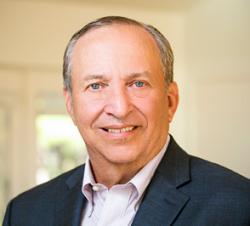

Research
BPEA | 1989 No. 1

1989, No. 1
IN LATE 1988, capacity utilization in U.S. industry reached its highest level since early 1979. As measured by the Federal Reserve Board, capacity utilization in manufacturing industries was 84.6 percent in December 1988, a dramatic increase from the 70.3 percent trough of the 1982 recession. The 84.6 percent rate exceeds the postwar average by about a standard deviation, yet is still more than a standard deviation below the postwar maximum. These relatively high and increasing rates of capacity utilization have, at least in some quarters, been taken as a signal that the long expansion that began in 1983 is drawing to its inevitable close. To some observers, moreover, higher utilization suggests a risk of accelerating inflation and the need for caution on the part of the Federal Reserve Board. Specifically, high measured capacity utilization is taken as a sign that the decomposition of nominal output growth into real growth and inflation has grown less favorable and that contractionary monetary policy is in order.